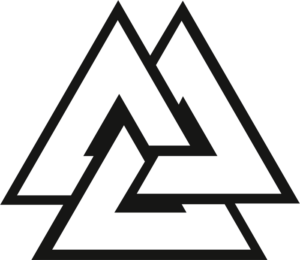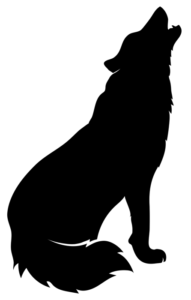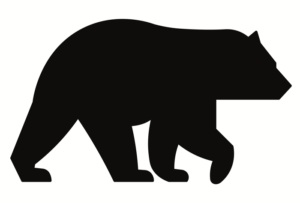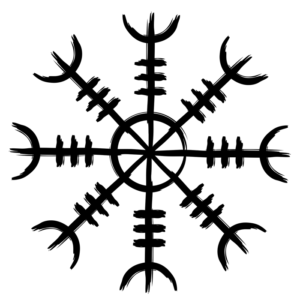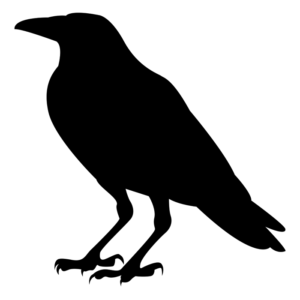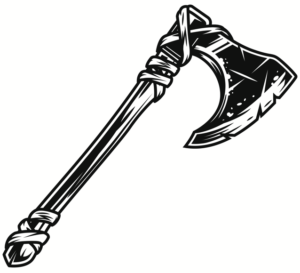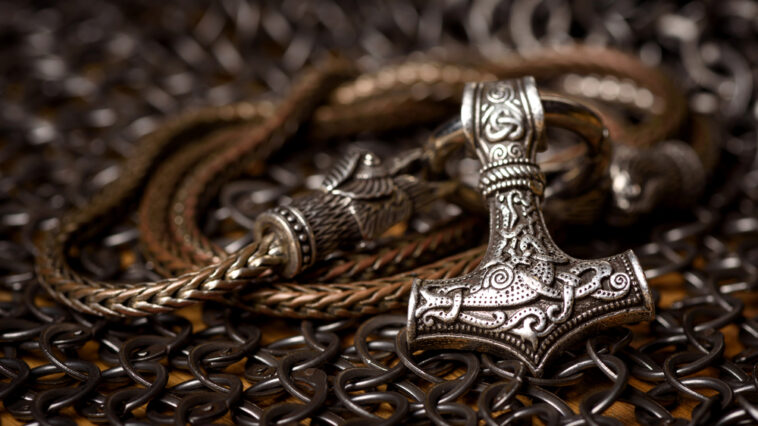
Viking symbols were a part of everyday Norse culture, dating back as far as 790 AD.1
Warrior symbols were of particular importance, serving as a reminder that the chief god Odin would grant fallen warriors an afterlife in his great hall of Valhalla.1
It was believed in Viking society that there was no greater honor for a warrior than proving their loyalty by falling in battle alongside their leader.2
Viking symbols continue to be used in many forms across the globe. Below, you’ll find the list of warrior Viking symbols and meanings, as well as ways they’re used today.
- Tiwaz
Norse rune for “warrior,” “honor,” and “righteousness”; named after Tyr, the god of justice and law; depicted as an upward pointing arrow
- Valknut
A symbol of Odin, the god of war; associated with fallen warriors and also known as the “knot of the slain” or “Hrungnir’s heart”; depicted as three interlocking triangles3
- Wolves
Associated with Ulfhednars, who were Norse warriors4; a symbol of ferocity, loyalty, and cunning used by warriors to invoke protection in battle
- Bears
Associated with Berserkers, who were Viking warriors who seemed to fight in a trance of battle rage; a symbol of ferocity and strength
- Helm of Awe
A symbol with eight arms leading away from a central point, representing strength and courage; believed to grant protection and invincibility in battle; also known as “Aegishjalmur”
- Ravens
Associated with Odin, the god of war; believed to have served as Odin’s messengers, and their presence during battle was believed to bring victory; symbolize wisdom, intelligence, and foresight
- Mjölnir
Hammer of Thor, the god of thunder and protection; worn as a pendant by Viking warriors to summon Thor’s protection and strength
- Viking axe
Symbol of strength and bravery; it had a single edge with a hook shape at the bottom, making it easier for warriors to hold
- Gungnir
Odin’s spear; warriors would symbolically throw a spear before battle in hopes of gaining Odin’s protection
Uses of Viking Warrior Symbols Today
Viking warrior symbols continue to hold great significance. Whether you’re a direct descendant of Vikings or simply have a special interest in Norse mythology and culture, these symbols can be relevant in your own everyday life.
Below are some ways warrior symbols are used across the world today.
Keep in mind that symbols are used in various ways and can have different meanings for individuals and communities.
- Tattoos: Viking warrior symbols are commonly used in tattoo designs. They generally represent fearlessness, strength, and protection or are worn in honor of someone’s Norse ancestry.
- Jewelry and fashion: Many Viking symbols — such as the mjölnir and valknut — are popular in the form of pendants, rings, fabric prints, and other kinds of fashion.
- Art: Traditional Viking art primarily depicted symbols on wood, stone, and metal. You can find many surviving examples of Norse art in museums today, and even Viking coins are considered a form of art by historians.
- Gaming: These symbols are frequently used among gamers in profile pictures, avatars, or as emblems to emphasize a warrior persona.

